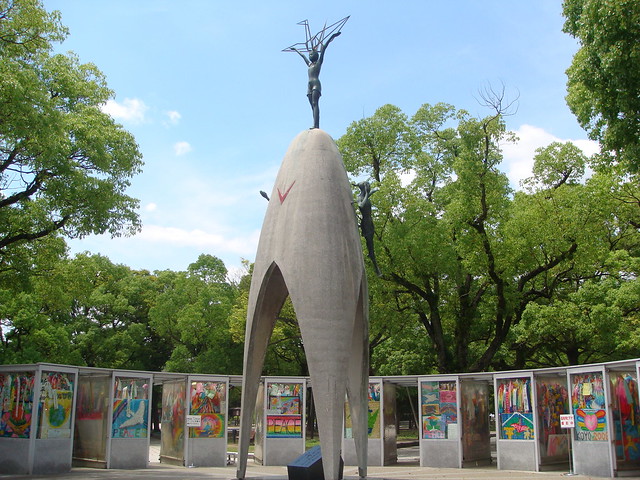思い出: Memories
Human memories are interesting things. While it's easy for me
to forget about the dishes that my mother so insistently asked me to do a mere
twenty minutes ago, it's surprisingly difficult to forget that time my pants
ripped in second grade. Among other memory quirks, we tend to remember things
that stand out and personally relate to ourselves, which is why I would
remember that searing embarrassment I experienced over the familiar plead of my
mother.
That may be the subconscious philosophy of authors, whose
books can only succeed if we are able to remember them – that is, if they are
outstanding and relatable enough. Nobody wants to read a book about the
minutiae of the life of a random woman in Nebraska, with whom he or she has
nothing in common. But then, that begs the question: would authors even choose
to write about topics like that? Wouldn’t they also choose to write about
topics that are outstanding and relatable to them, memorable to them?
In The Glass Castle,
it’s evident that the parental guidance Jeannette Walls received as a child was
what stood out her and made her childhood memorable. The memories of her
parents are what makes this memoir interesting to readers as well, as we are
able to relate to the lessons they taught. However, it’s not just the memory of
her parents and what they did that matters; the present actions spurred by past
memories also matters. And that’s really the purpose of our memories, to use
them to mold our futures.
This concept doesn’t only exist in the pages of a book or the
mind of a person. The same idea applies in many of our buildings, statues, and
monuments, as well. A notable example is the Children’s Peace Monument located
in Hiroshima, the site of the atomic bombing in World War II. Unlike other
monuments or memorials, this one is eye catching due to its light figures of
children, soft shape of the structure, and vibrancy of the surrounding paper
cranes. It seems lighthearted, relaxing, and joyful. Which is why it may surprise
some that the monument was built to honor a child who died – a Japanese girl
named Sadako, who died at twelve due to atomic radiation exposure.
 |
| Children's Peace Monument |
However, the Children’s Peace Monument is lighthearted, relaxing, and joyful. Even more, it’s hopeful. Although
it immortalizes the horrible memory of Sadako’s death, it also memorializes her
hope. It is a symbol of her attempt to fold one thousand paper cranes, which in
Japanese tradition grants a wish, and her hope for peace in the world. It
serves as a reminder to the world that peace results in much more than warfare
ever could.
Jeannette’s mother once assured her that everything would
solve itself in the end. When Jeannette questioned that statement, her mother
promptly replied that “that just means you haven’t come to the end yet” (Walls
259). I happen to agree with Jeannette’s mother. With the memories of the
people you once knew and never met alike to guide you, by the time you reach the
end, the future, there will be nothing left for you to worry about.

JENNY!
ReplyDeleteThis js my second time writing this comment because my phone was being stupid...but great job on the post!
I thought it was very clever of you to talk about how you forgot about the dishes that your mom requested you to do. I had a good laugh. I loved how you incorporated the Children's Peace Monument into your article, it added more meaning and deepth to your post. I totally agree with your perception of human memory! Good job and I can't wait to read your next post!
"deepth"
DeleteJK love ya Jessie :P
Nice nice I liked how you incorporated the memorial into your concept. It really added some pathos when you mentioned how it was to honor a little girl. Yes, memories are interesting. We seem to only think of the most embarrassing ones and throw the achievements aside but i suppose that is only human nature. :D I love your title. Your blog will have a nice theme to it if you continue writing your title like this.
ReplyDelete